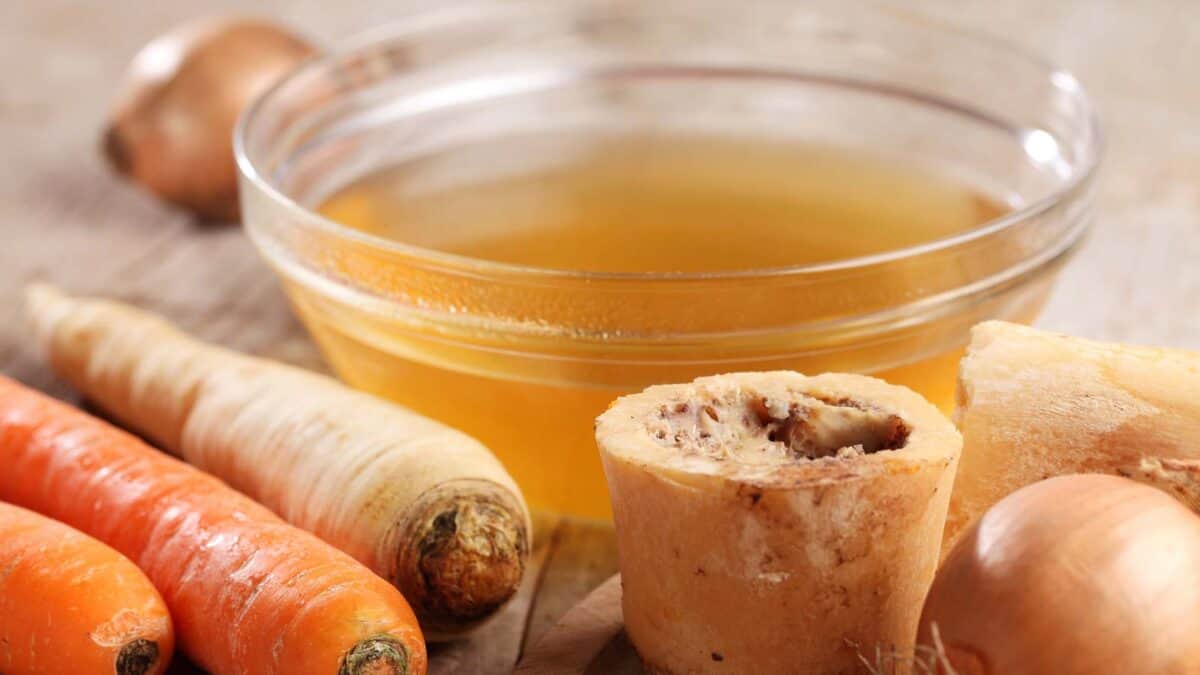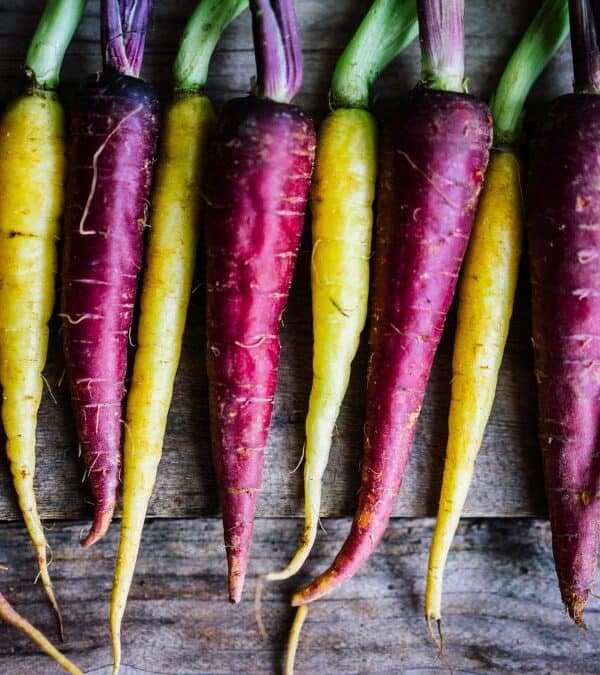Ever wonder why you can’t stop munching on that bag of chips or why soda tastes so irresistible? It’s not just your lack of willpower — food companies use some pretty sneaky tactics to keep you hooked. From artificial flavors to hidden sugars, they’re experts at manipulating your taste buds to make you crave more. You’ll probably be surprised to learn just how much science and strategy goes into making your favorite snacks so addictive.

Artificial Flavors

Food companies create complex flavors in laboratories that trick your brain into thinking you’re tasting something natural. These synthetic flavors can mimic almost any taste, from fresh fruit to roasted meat, without containing any of the actual ingredients.
Sugar and Fat Combinations

Companies use precise ratios of sugar and fat to create highly palatable and addictive tastes. This combination activates the brain’s reward system, similar to how drugs do, making you crave more. Foods like ice cream, cookies, and pastries are designed to be irresistible through this method.
Flavor Enhancers

Adding chemicals like monosodium glutamate (MSG) intensifies flavors, making foods taste more savory and appealing. MSG enhances the umami flavor, which is naturally present in foods like tomatoes and cheese, but when added artificially, it can lead to overconsumption and a preference for high-MSG foods. Your favorite ramen packet is likely packed with the stuff.
Texture Engineering

Designing specific textures, like the satisfying crunch of a chip or the creamy smoothness of a chocolate bar, improves the overall eating experience. The texture can be as important as flavor in making foods enjoyable, influencing how much and how often you eat these foods.
Aroma Manipulation

Infusing foods with strong, appealing scents enhances the perceived flavor before you even take a bite. The aroma plays a crucial role in the overall tasting experience, as up to 80% of what we perceive as taste is actually smell. This manipulation can make food seem fresher and more flavorful.
Color Additives

Using artificial colors makes foods look more appetizing and influences your perception of taste. Bright, vibrant colors can make foods seem fresher and more flavorful than they are, tricking you into thinking they taste better. For example, brightly colored candies and drinks often taste sweeter.
Salt and Sodium

High levels of salt are added to enhance flavor, preserve freshness, and make foods more addictive. Salt can mask the taste of other preservatives and improve the overall taste, making you crave salty snacks like chips and pretzels. This can lead to increased salt consumption and related health issues.
Hidden Sugars

Companies include various forms of sugar under different names (e.g., high fructose corn syrup, dextrose, maltose) to increase sweetness without you realizing the high sugar content. This keeps you hooked on the sweet flavor and can contribute to sugar addiction and health issues like obesity and diabetes.
Umami Boosters

Adding ingredients rich in umami, like yeast extract or hydrolyzed vegetable protein, creates a savory flavor that enhances the overall taste profile. Umami is often described as a meaty or brothy flavor, and its addition can make plant-based and processed foods taste more satisfying and indulgent.
Packaging and Presentation

Attractive packaging influences your expectations and perception of food’s quality and taste. The way food is presented can make it seem more appealing and delicious, even before you taste it. Clever marketing and eye-catching designs can lead to higher sales and consumption, regardless of the actual quality.
10 Controversial Food Ingredients Used In America That Are Banned Globally

Around the globe, countries take varied approaches to food safety, setting their own rules on which ingredients and production methods are deemed acceptable. What’s routine in the U.S. food industry often faces stricter scrutiny abroad. With the U.S. grappling with high rates of chronic illnesses and food-related disorders, it begs the question: could certain widely-used, yet overseas-banned, additives be contributing to America’s public health challenges?
Read it Here: 10 Controversial Food Ingredients Used In America That Are Banned Globally
15 Misleading Food Labels And What They Really Mean

Navigating the grocery store aisles can feel like a minefield if you’re trying to eat healthily. Food packaging is often plastered with labels that sound good for you—“low-fat,” “natural,” and “light” are just a few examples. But these labels don’t always mean what we think. Let’s break down what these common food labels actually mean so you can make informed choices and avoid being misled by clever marketing.
Read it Here: 15 Misleading Food Labels And What They Really Mean
*Select images provided by Depositphotos.
Gina Matsoukas is an AP syndicated writer. She is the founder, photographer and recipe developer of Running to the Kitchen — a food website focused on providing healthy, wholesome recipes using fresh and seasonal ingredients. Her work has been featured in numerous media outlets both digital and print, including MSN, Huffington post, Buzzfeed, Women’s Health and Food Network.












